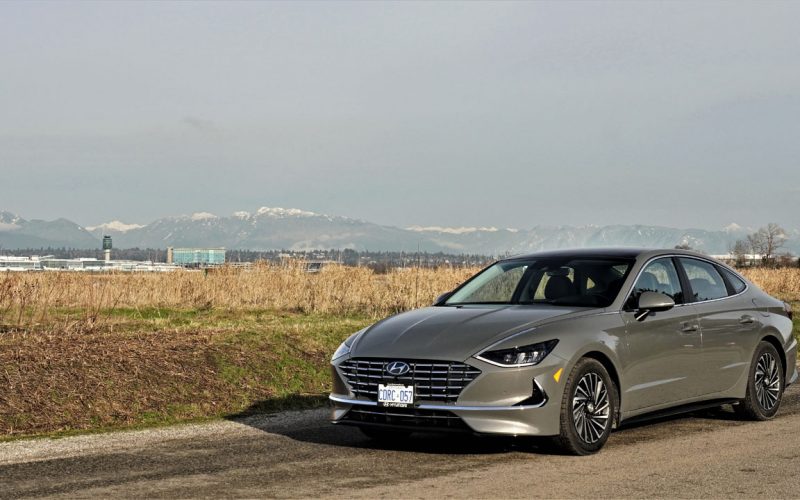
Reading Time: 9 minutesThe mid-size sedan might be a dying breed, especially in Canada where they’ve never been as
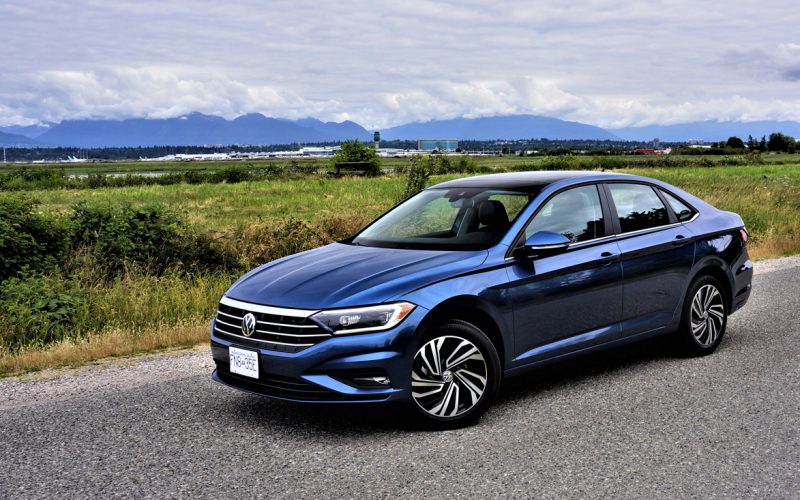
Reading Time: 14 minutesFor many in Canada, Volkswagen is more of an afterthought when considering a new vehicle. Last
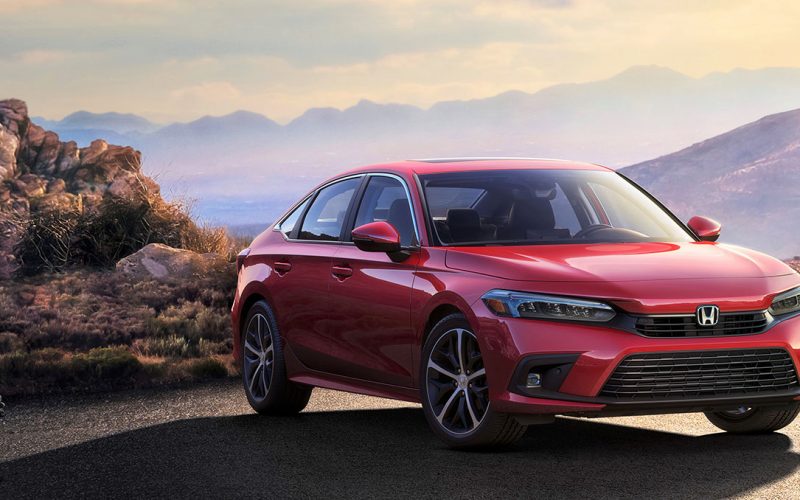
Reading Time: 3 minutesHonda Canada’s Civic sales have been crashing recently, down more than 20 percent throughout Q1 of
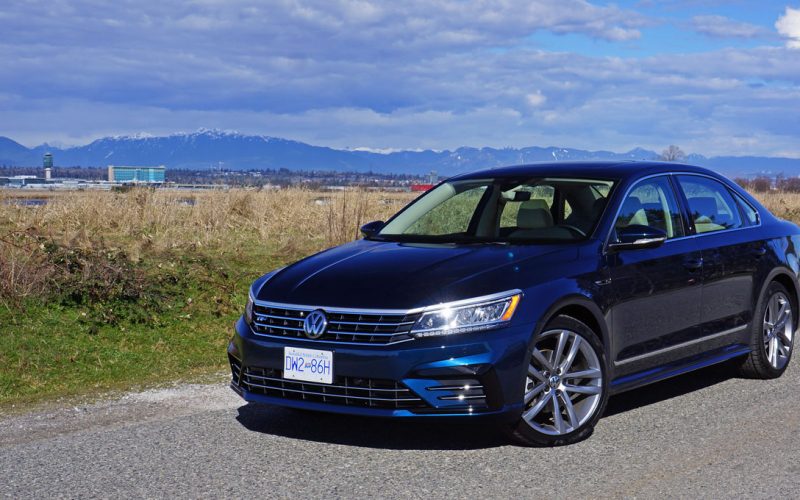
Reading Time: 9 minutesI love it when an automaker makes my job easy. For 2019, which has actually been
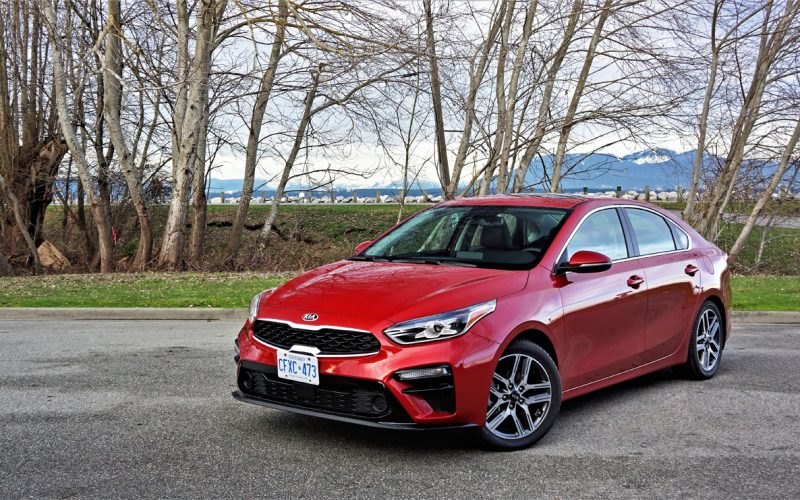
Reading Time: 13 minutesThe redesigned 2019 Forte is one handsome looking compact sedan, with clean, simple, modern lines that,
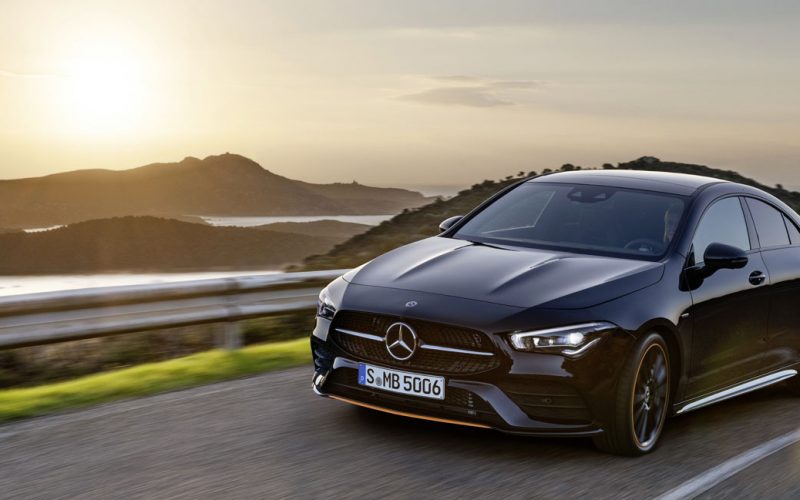
Reading Time: 10 minutesMercedes’ CLA has been a strong seller in its subcompact luxury segment since being introduced to
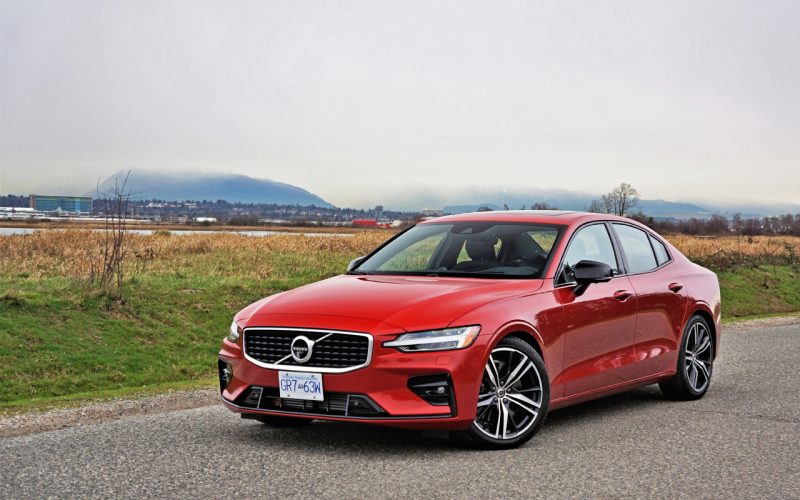
Reading Time: 12 minutesThe compact luxury sedan market segment is a tough nut to crack. It’s more or less
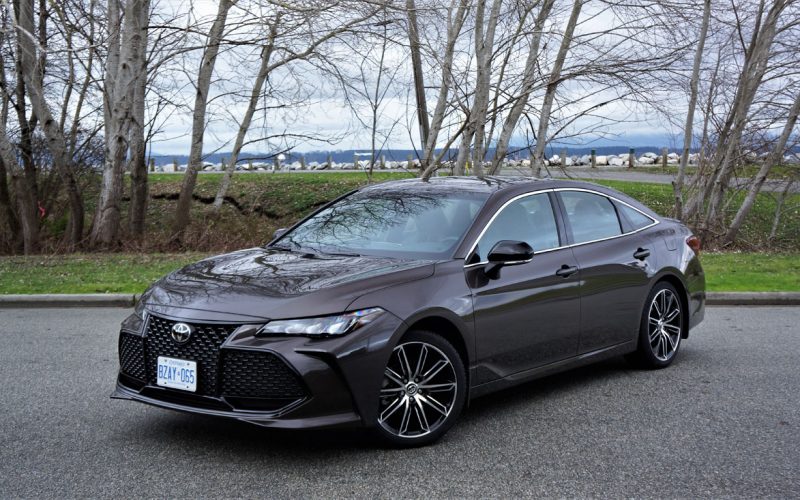
Reading Time: 9 minutesLovers of big full-size four-door cars aught to be giving Toyota a collective slap on the
© 2025 The Car Magazine. All Rights Reserved, Privacy Policy | Terms of Use